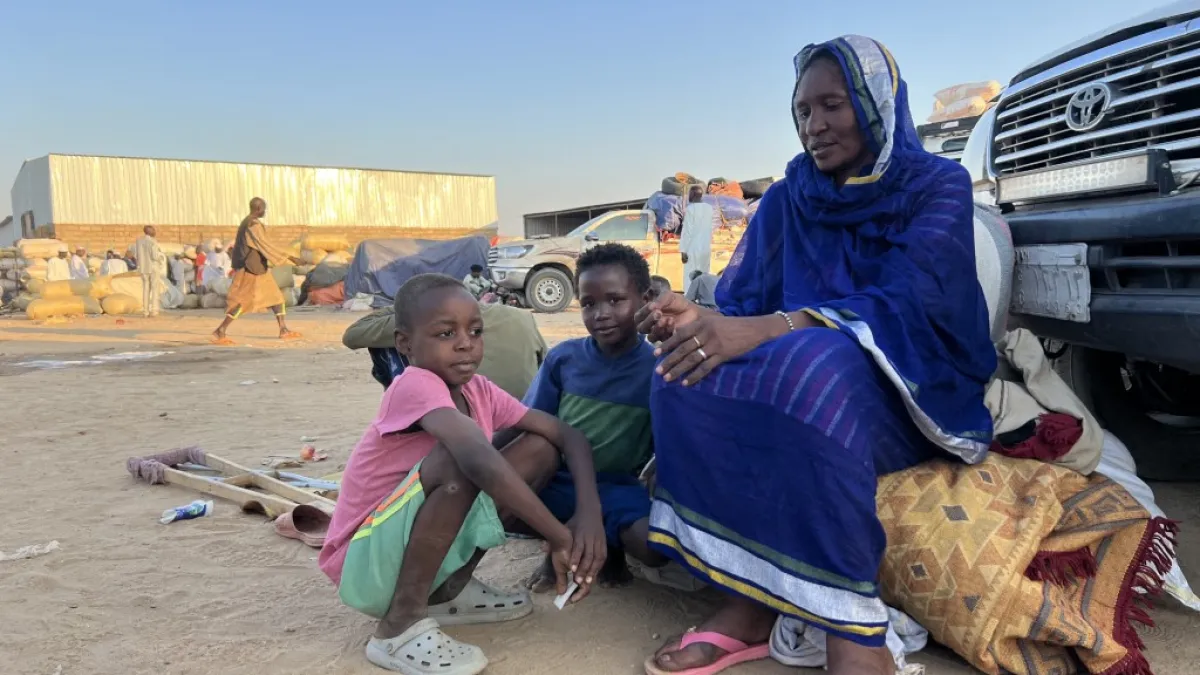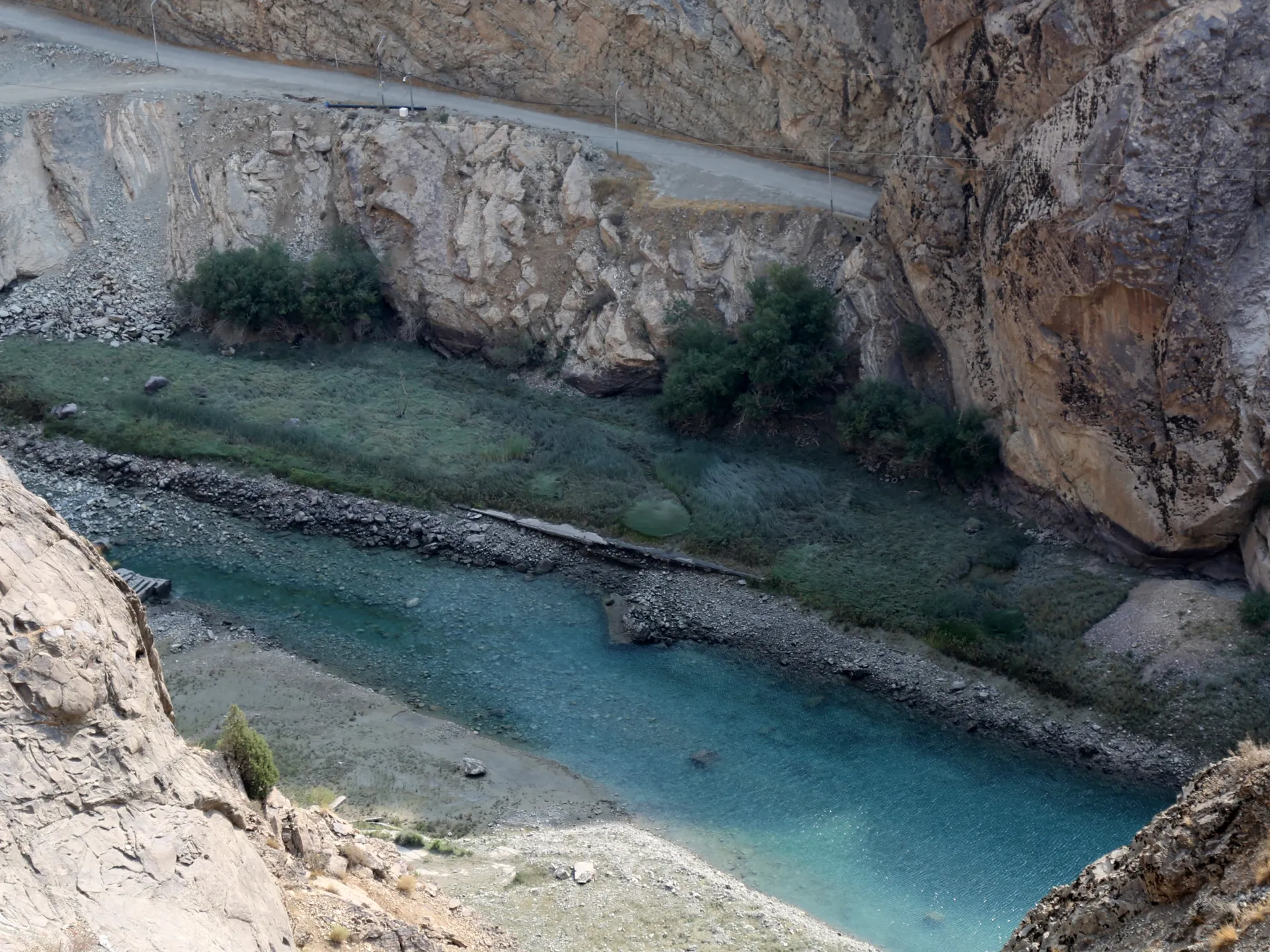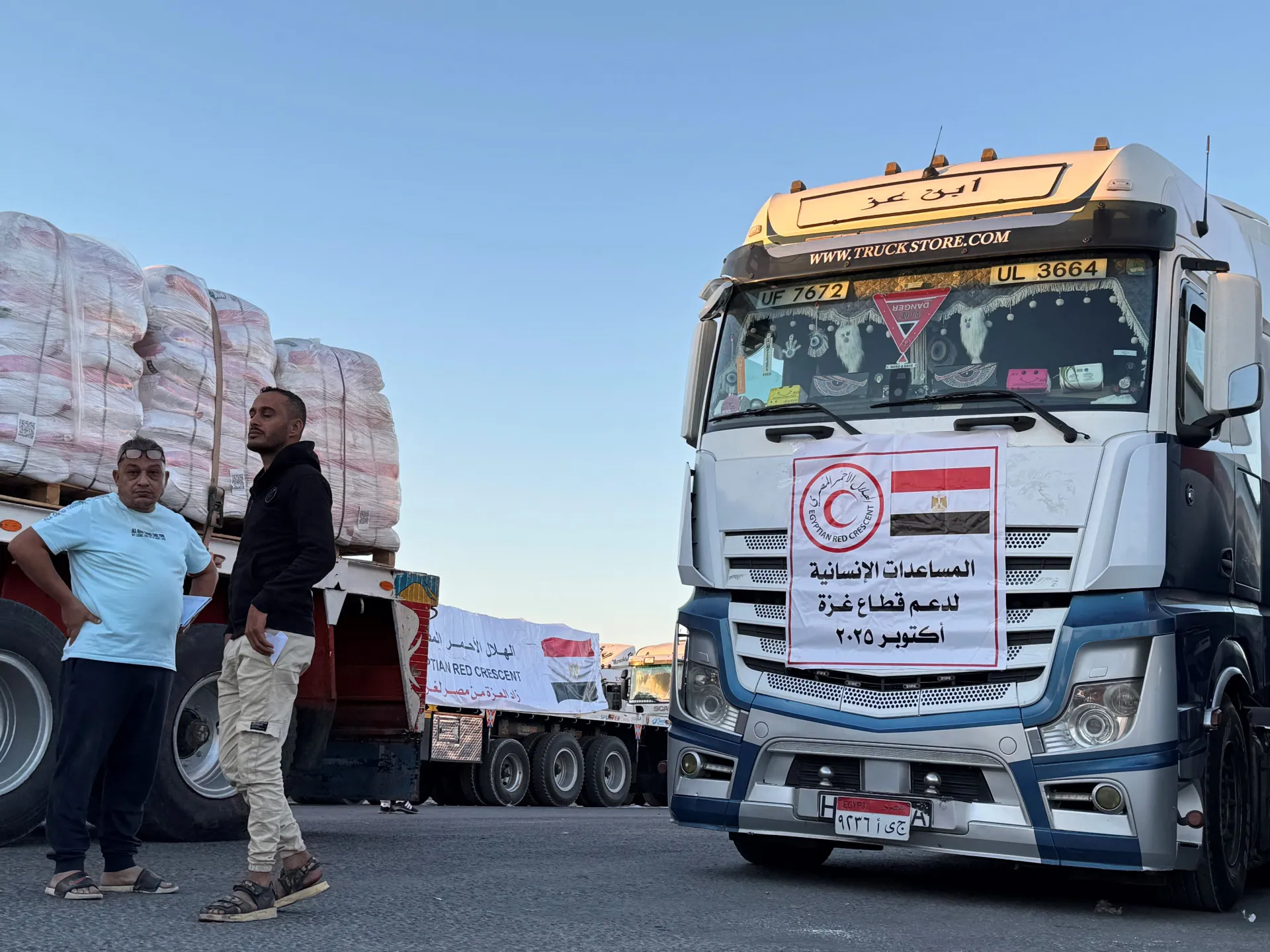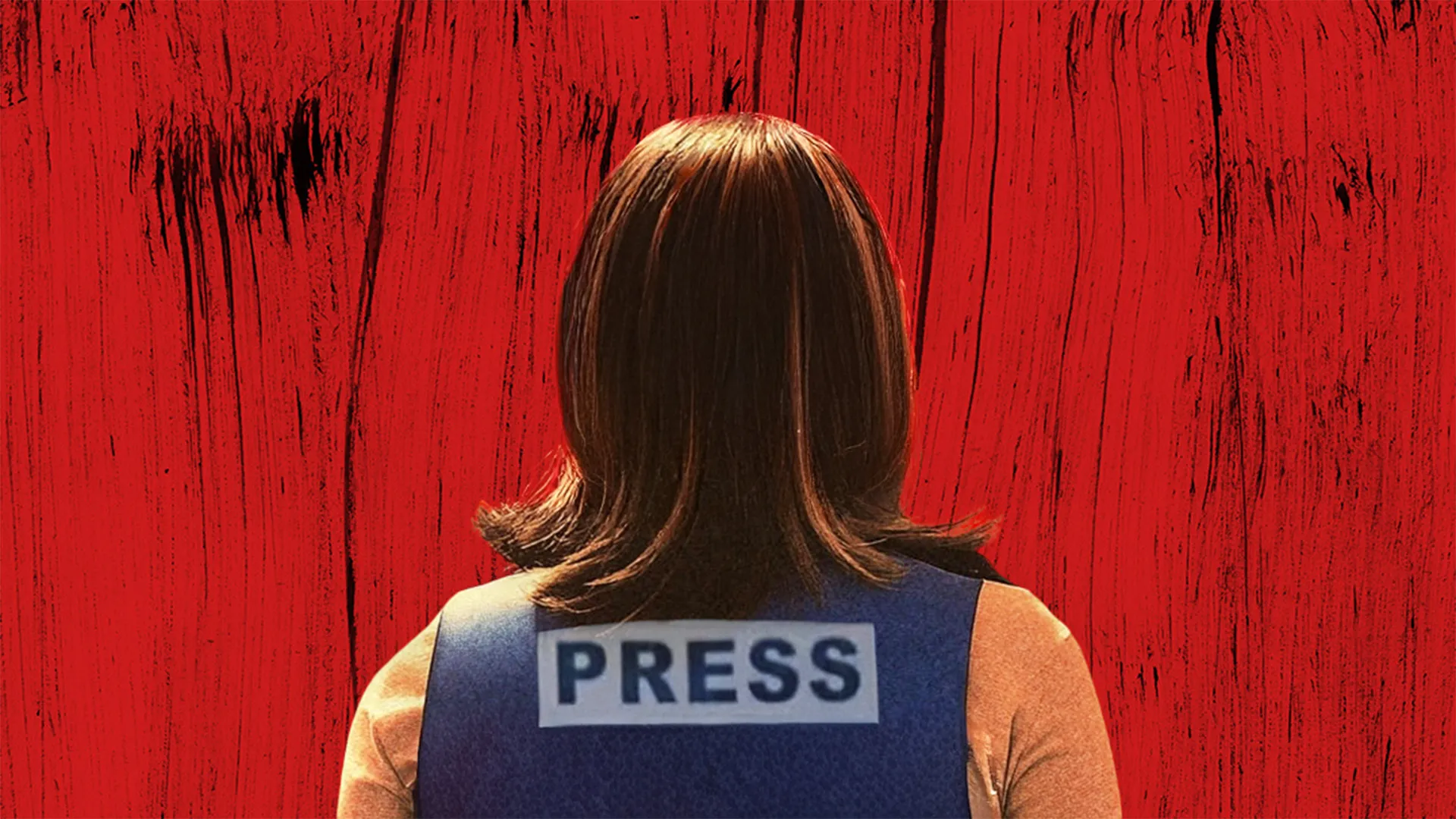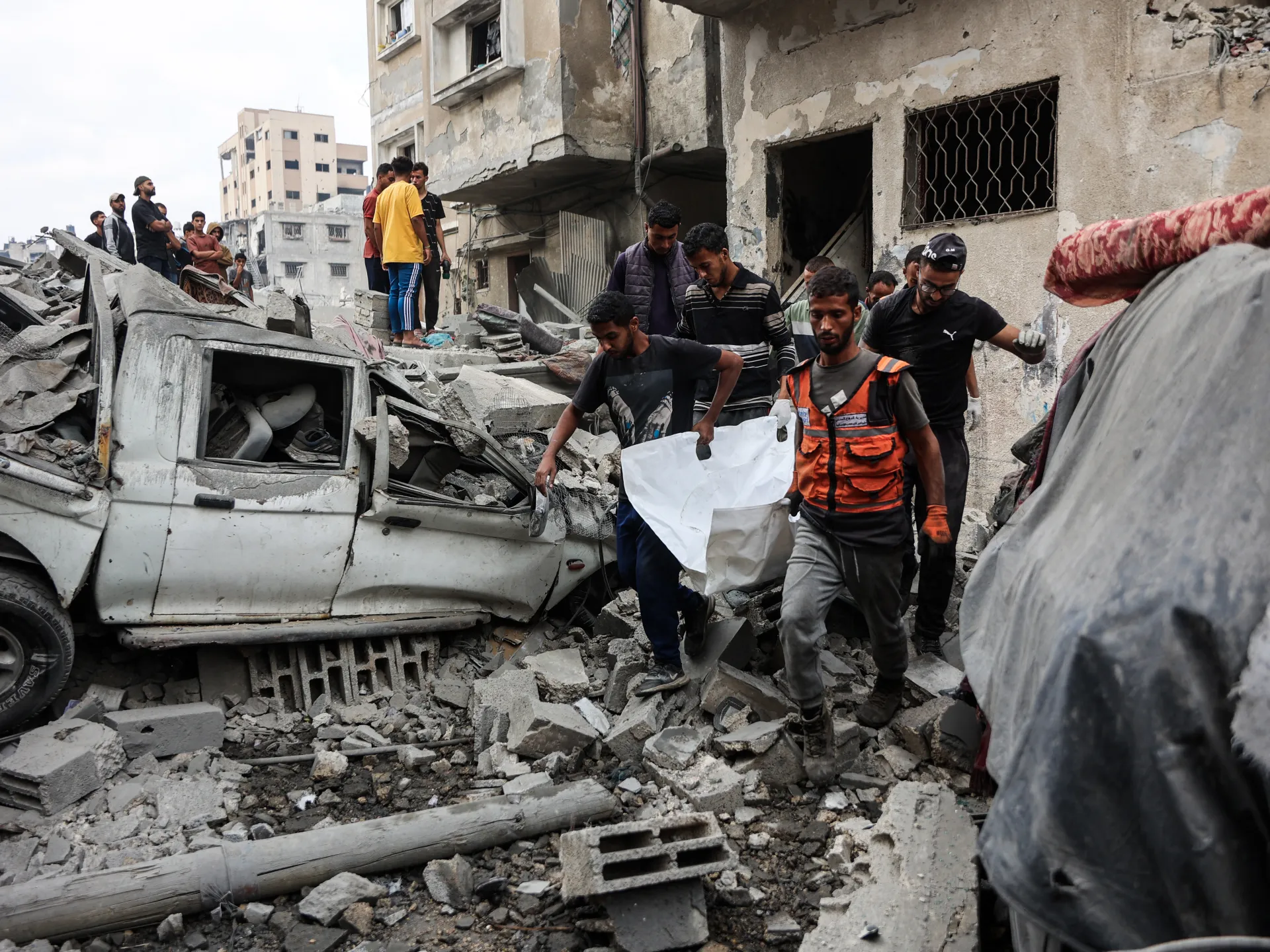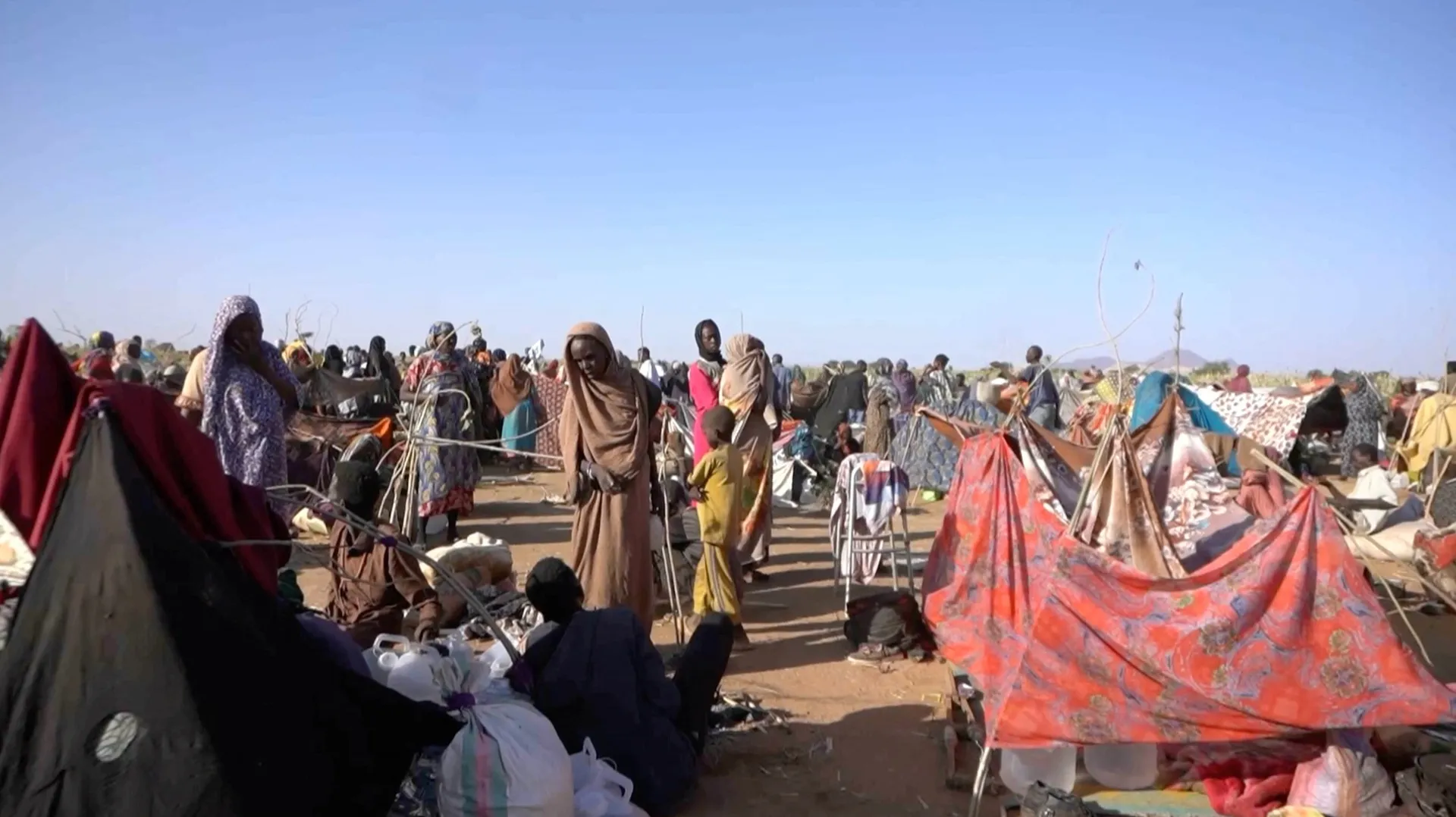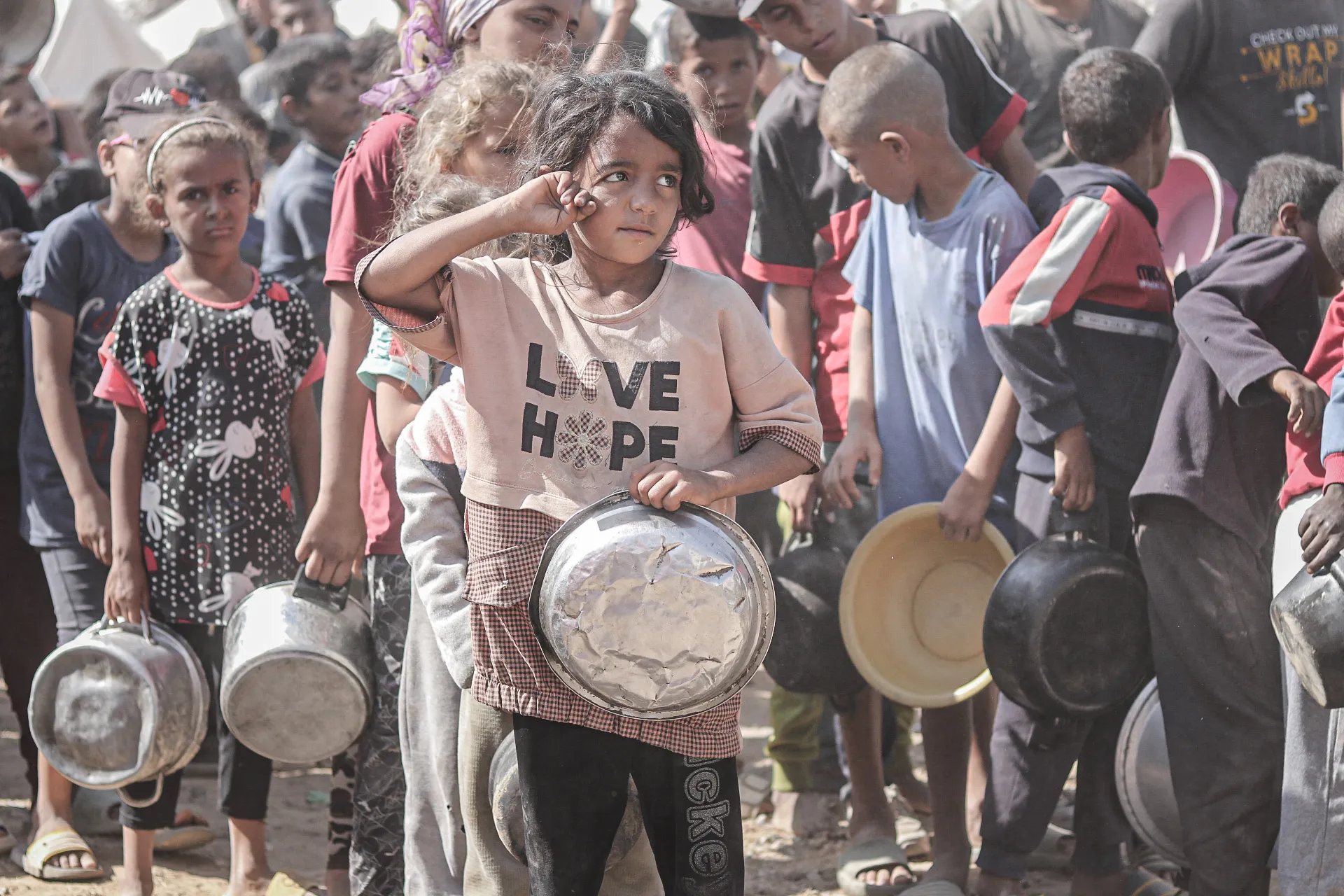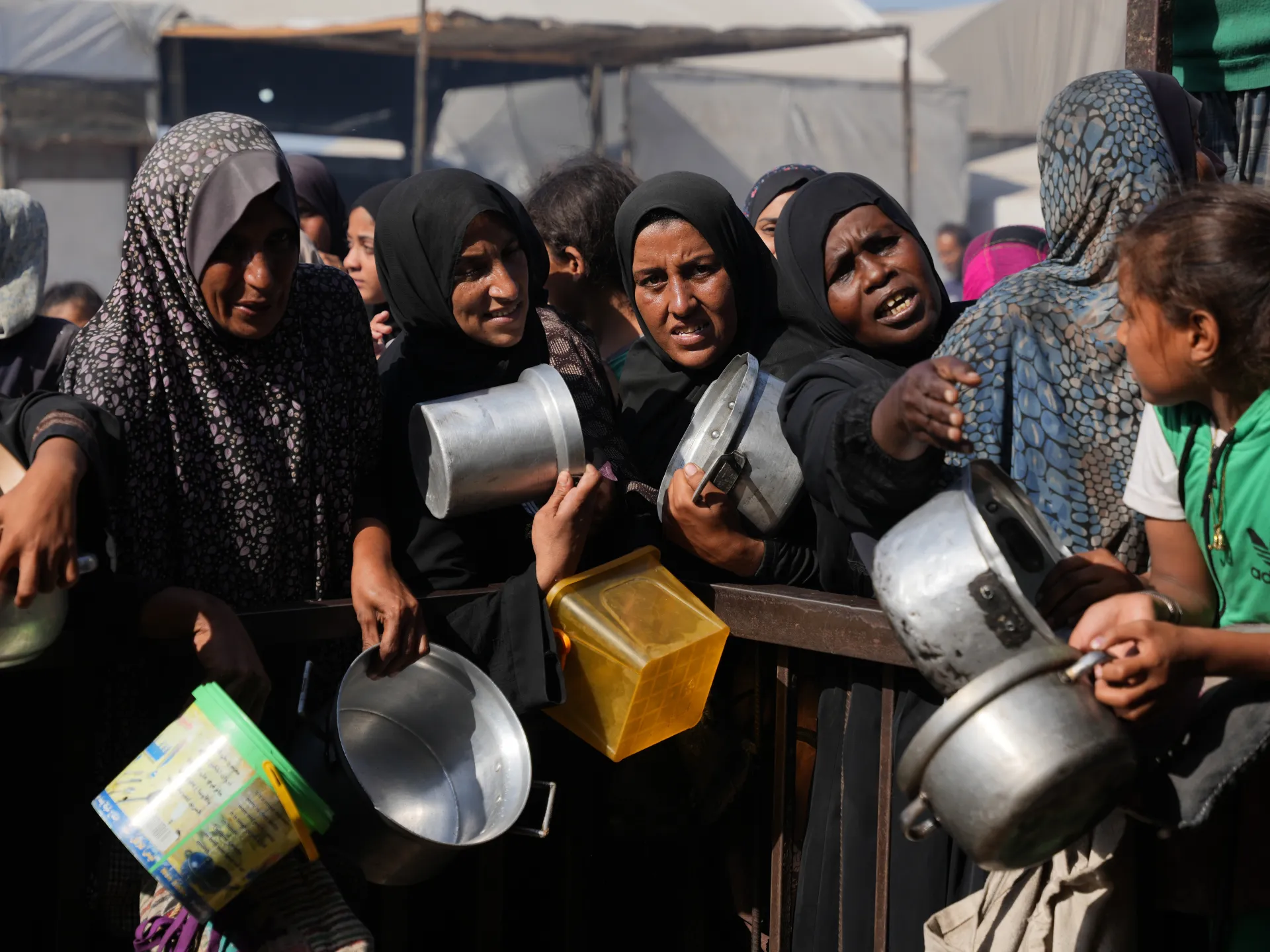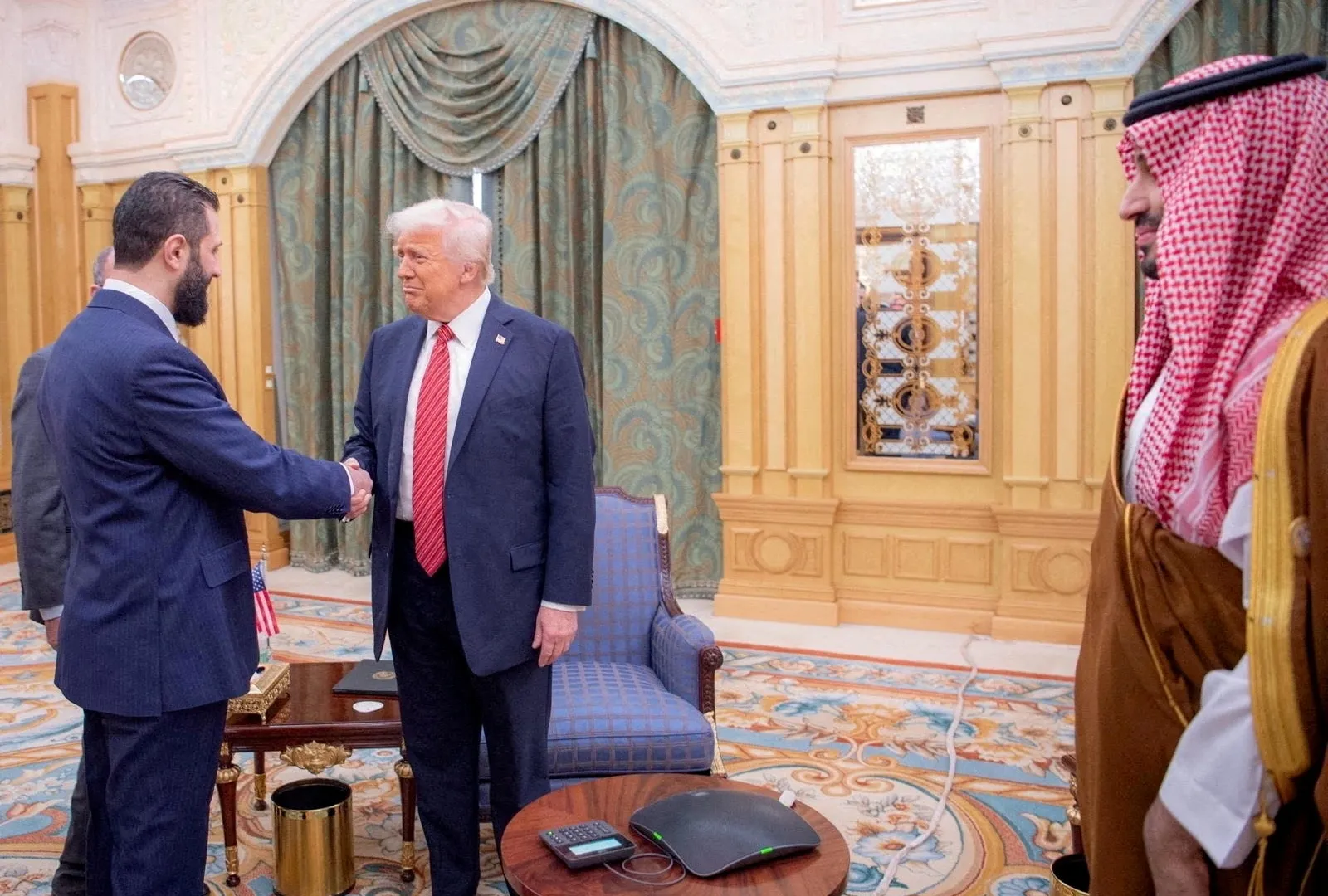Israel arrests ex-army lawyer over leaked video showing Palestinian’s abuse | Israel-Palestine conflict News
Yifat Tomer-Yerushalmi has reportedly acknowledged that her office released a video of troops abusing a Palestinian detainee.
Published On 3 Nov 2025
Israeli police have arrested a former military prosecutor after she leaked a video appearing to show soldiers abusing a Palestinian detainee.
Major General Yifat Tomer-Yerushalmi was detained overnight on Monday, according to the country’s national security minister, following a scandal that erupted after she leaked a video, resigned and then disappeared.
Recommended Stories
list of 4 itemsend of list
Israeli Prime Minister Benjamin Netanyahu has called the leaking of the video perhaps the most “severe public relations attack” on Israel since its founding.
Tomer-Yerushalmi disappeared for several hours on Sunday after she announced her resignation, sparking speculation of a possible suicide attempt.
According to a copy of her resignation letter published by Israeli media on Friday, Tomer-Yerushalmi acknowledged that her office had released the video to the media last year. Five reservists were later charged with mistreating prisoners.
National Security Minister Itamar Ben-Gvir said on Monday on Telegram: “It was agreed that in light of last night’s events, the prison service would act with extra vigilance to ensure the detainee’s safety in the detention centre where she has been placed in custody.”
The statement did not indicate what charges she faced.
According to Israeli media, a Tel Aviv court ordered Tomer-Yerushalmi’s remand in custody until noon on Wednesday.
Public broadcaster Kan reported that she was suspected of “fraud and breach of trust, abuse of office, obstruction of justice and disclosure of information by a public servant”.
Former chief military prosecutor Colonel Matan Solomesh was also arrested overnight in connection with the case and was appearing in court Monday, reported Israeli Army Radio.
‘Severe violence’
On Friday, the Israeli military announced that Tomer-Yerushalmi had resigned from her post pending an investigation into leaked footage taken at the Sde Teiman military base in southern Israel last year.
The case began in August 2024 when Israel’s Channel 12 broadcast footage from Sde Teiman, which has been used to hold Palestinians taken during the war in Gaza.
The surveillance camera footage indicated that soldiers had committed illicit acts, without explicitly showing it, as it appeared to take place behind troops holding up shields.
The video was picked up by several media outlets, triggering international outrage and protests within Israel.
The Israeli military said in February that it had filed charges against five reservist soldiers connected with mistreatment at Sde Teiman.
They were charged with “acting against the detainee with severe violence, including stabbing the detainee’s bottom with a sharp object, which had penetrated near the detainee’s rectum”.
It added “the acts of violence have caused severe physical injury to the detainee, including cracked ribs, a punctured lung and an inner rectal tear”.
The indictment said that the abuse took place on July 5, 2024 during a search of the detainee.
Speaking after a cabinet meeting on Sunday, Netanyahu blasted the leak of the video, labelling it as perhaps the most “severe public relations attack” on Israel in the country’s history.


